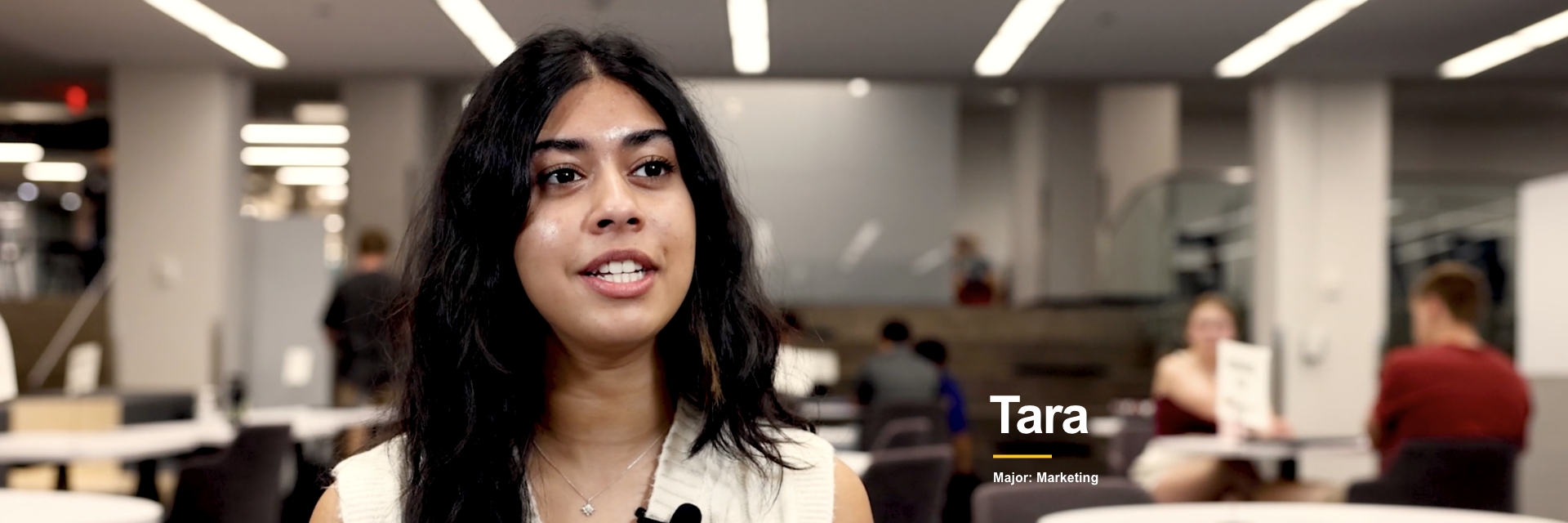
Reflection Resources for Experiential Learning
Critical thinking elevates experiential learning.
Reflection is the element that transforms simple experience to a learning experience. For knowledge to be discovered and internalized the learner must test assumptions and hypotheses about the outcomes of decisions and actions taken, then weigh the outcomes against past learning and future implications. This reflective process is integral to all phases of experiential learning, from identifying intention and choosing the experience, to considering preconceptions and observing how they change as the experience unfolds. Reflection is also an essential tool for adjusting the experience and measuring outcomes. Source: National Society for Experiential Education
Reflection in action

What? So what? Now what?
This is a simple and effective model when working with a single student or with a group. After an experience, debrief by starting with the breakdown of "What?" What happened? State the facts or walk through the timeline. What role did the student play? What were particular events or moments that stood out? Then with "So what?" talk through the effects of what happened. What feelings were provoked? Can you identify what caused elements of the situation in "What?" Why did certain reactions happen? Finally, in the "Now what?" stage, talk through the next steps and how similar situations can be handled. What would the student change about their response? What lessons did they learn? Source: Borton (1970)

The integrative processing model

Action research cycle
Another cyclical process, the action research cycle is a self-reflective process that can be done alone or with others. As you go through the steps of Plan, Act, Observe, and Reflect, you should be identifying problems or challenges and iterating on the overall experience to improve it. Source: Dickens, L., & Watkins, K. (1999)
